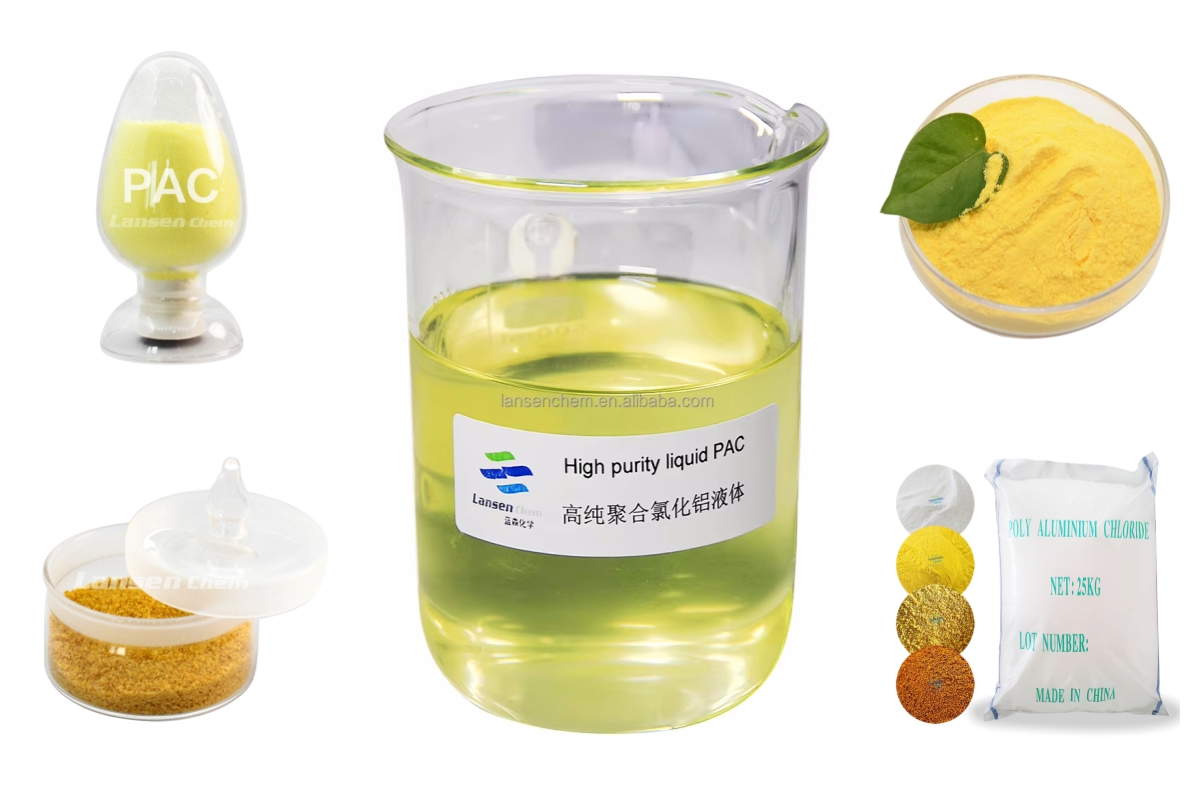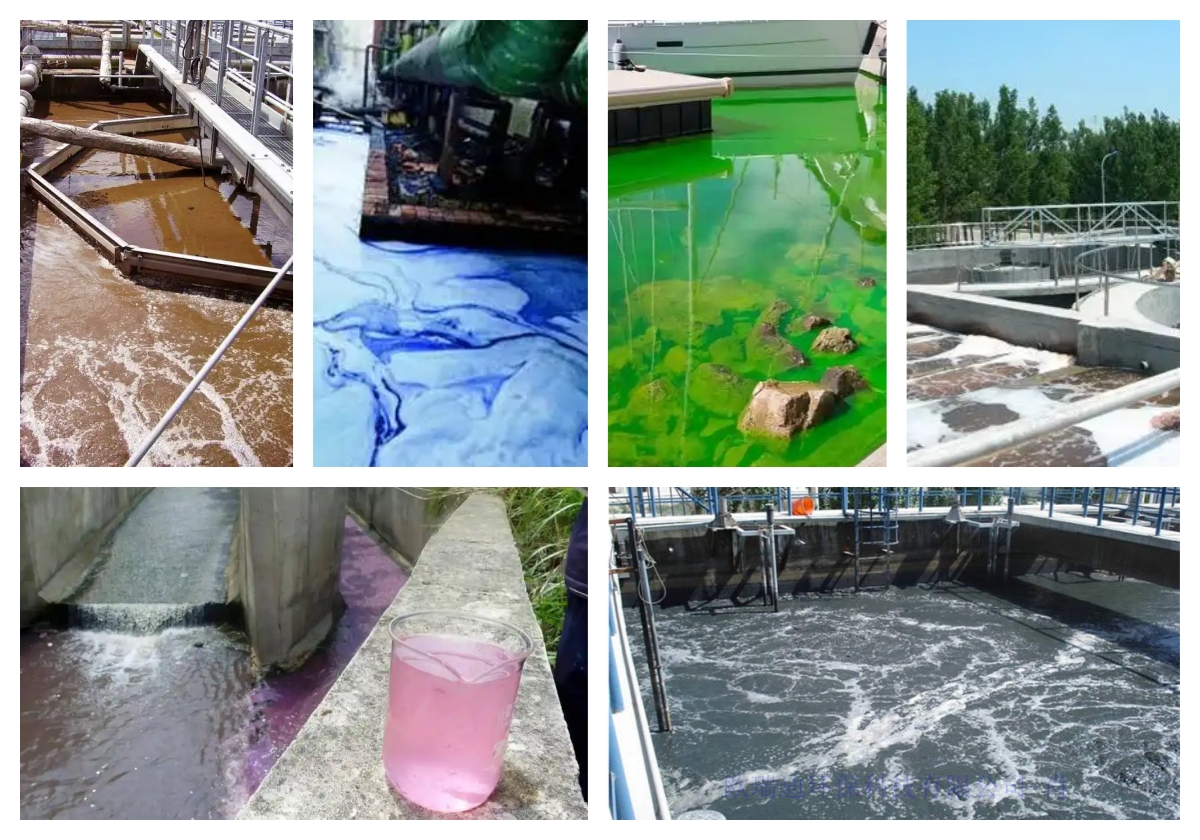1. Wastewater Treatment in the Steel Industry
Characteristics: Contains high concentrations of suspended solids (iron scraps, ore powder), heavy metal ions (zinc, lead, etc.), and colloidal substances.
Treatment Process: PAC is added (dosage: 0.5-1.5‰) to rapidly form flocs through adsorption and bridging effects, combined with sedimentation tanks for solid-liquid separation, reducing effluent turbidity by over 85%.
Effectiveness: Heavy metal ion removal exceeds 70%, with treated wastewater meeting discharge standards.
2. Decolorization of Dyeing Wastewater
Characteristics: High chromaticity (dye residues), high COD (chemical oxygen demand), and significant pH fluctuations.
Treatment Process: PAC is used in conjunction with pH adjusters (dosage: 0.8-1.2‰), forming Al(OH)₃ colloids to adsorb dye molecules. Combined with air flotation, the process achieves a 90% color removal rate.
3. Pretreatment of Polyester Chemical Wastewater
Characteristics: Extremely high COD (up to 30,000 mg/L, containing macromolecular organics such as terephthalic acid and ethylene glycol esters).
Treatment Process: During coagulation, PAC (dosage: 0.3-0.5‰) neutralizes colloidal charges, while polyacrylamide (PAM) enhances flocculation, achieving an initial COD reduction of 40%.
Effectiveness: Creates favorable conditions for subsequent iron-carbon micro-electrolysis and UASB anaerobic treatment.
4. Treatment of Daily Chemical Wastewater
Characteristics: Contains high concentrations of surfactants, oils, and unstable water quality fluctuations.
Treatment Process: PAC (dosage: 0.2-0.4‰) is combined with coagulation-sedimentation to remove suspended solids, reducing the load on biological treatment and lowering COD from 11,000 mg/L to 2,500 mg/L.
5. Purification of Glass Processing Wastewater
Characteristics: Highly alkaline (pH > 10), containing glass grinding particles and poorly biodegradable pollutants.
Treatment Process: Polymeric aluminum ferric chloride (PAFC) is added to neutralize alkalinity, achieving over 90% suspended solids removal. The effluent turbidity is ≤5 NTU, ensuring stable operation of subsequent ultrafiltration processes.
6. Treatment of High-Fluoride Industrial Wastewater
Characteristics: Semiconductor/etching industry wastewater containing fluorides (concentration >10 mg/L).
Treatment Process: PAC reacts with F⁻ via Al³⁺ to form AlF₃ precipitate, reducing fluoride concentration from 14.6 mg/L to 0.4-1.0 mg/L (meeting drinking water standards).
Post time: May-15-2025



